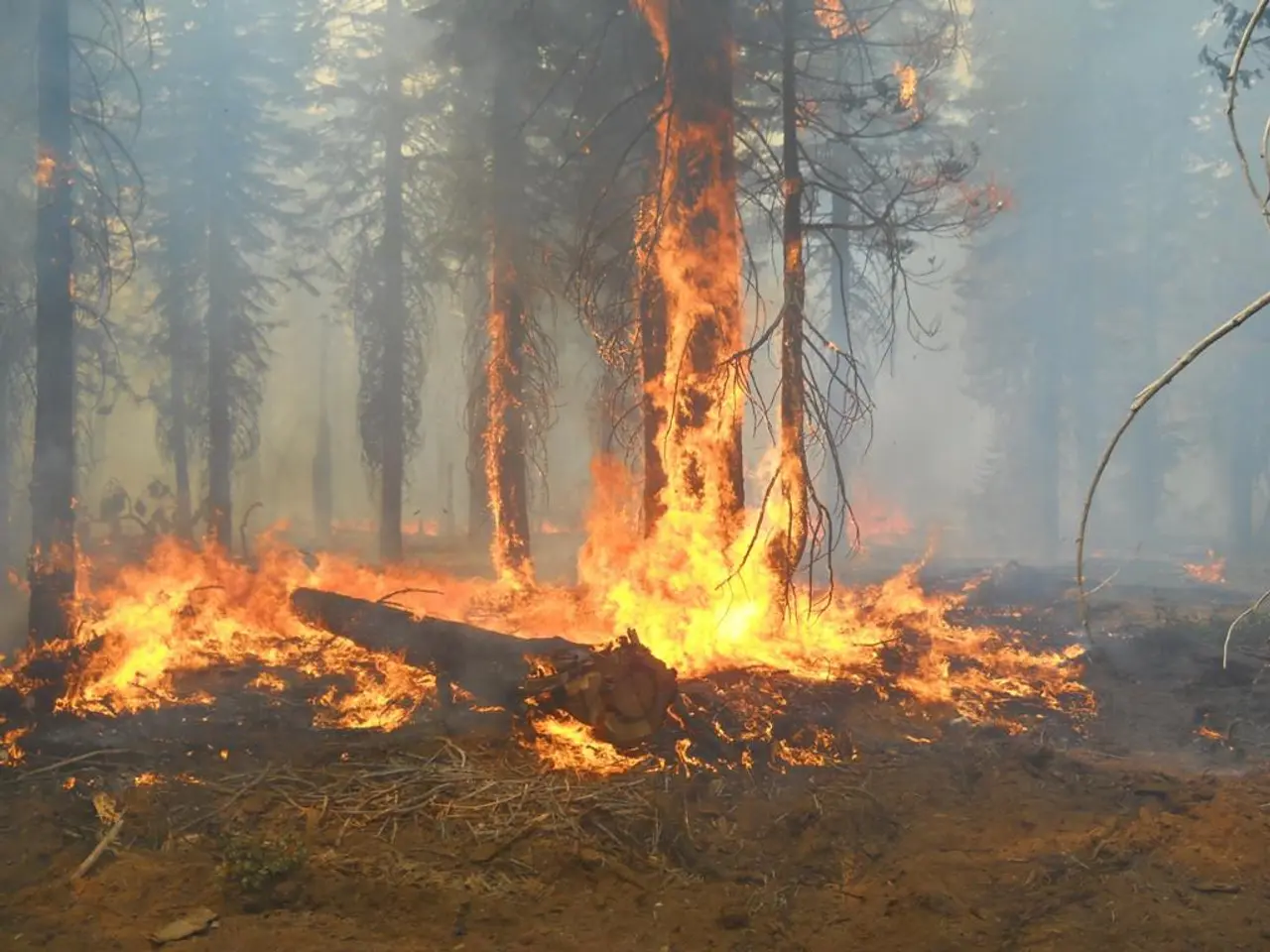Airborne debris from forest fires in Canada reaches European skies.
Connect with Us: Facebook | Twitter | WhatsApp | Email | Print | Copy Link
In the past few weeks, wildfires have been scorching across the forests of Canada, releasing massive amounts of smoke that are traveling incredible distances. These smoky clouds have even reached Europe.
Recently, the EU's Earth observation program, Copernicus, based in Reading, UK, reported on the extended reach of these Canadian wildfires. Over the coming days, more smoke plumes are expected to cross the Atlantic and impact the European continent, potentially leading to hazy days and more vibrant sunsets. However, significant ground-level effects on air quality are not expected, as the smoke is primarily traveling in the upper atmospheric layers.
A smoky veil graced the Mediterranean region on May 18 and 19, while a larger smoke cloud hit northwestern Europe at the end of May. Copernicus primarily gathers data from its Atmospheric Monitoring Service CAMS. Recent weeks have seen substantial emissions from wildfires in Saskatchewan, Manitoba, and Ontario.
Over 100 Fires in Canada
As per Canada's wildfire report, a peak of over a hundred fires was recorded. Drought conditions and strong winds aided in their spread. Thousands of residents were evacuated as a precaution.
On the other side of the globe, significant wildfires have also been burning in southeastern Russia since April, primarily in the Republic of Buryatia and the Transbaikal region near Lake Baikal. CAMS' analysis revealed that smoke clouds from the Transbaikal region were moving towards China and northern Japan during mid-May, with others reaching the high Arctic regions.
Pyrocumulonimbus clouds (PyroCb), which form when a wildfire burns with exceptional heat and intensity, generate heat energy sufficient to lift smoke, ash, and moisture high into the atmosphere. This smoke is then transported through powerful jet streams, reaching far-off regions.
[1]: URL Source1[2]: URL Source2[3]: URL Source3
- Canada
- Wildfires
- Europe
In light of the expanding impact of the Canadian wildfires, it's crucial that the community adheres to the appropriate policy regarding air quality and health measures, especially during these smoky situations. Meanwhile, enhanced vocational training in environmental-science and climate-change could contribute to understanding the impacts of weather phenomena and predicting future wildfire risks, fostering resilience in affected areas.
The presence of Pyrocumulonimbus clouds in the Canadian wildfires signifies a need for more research in the field of science, as these powerful clouds not only affect local air quality but also transport smoke across vast distances, potentially impacting regions thousands of miles away, such as Europe.








